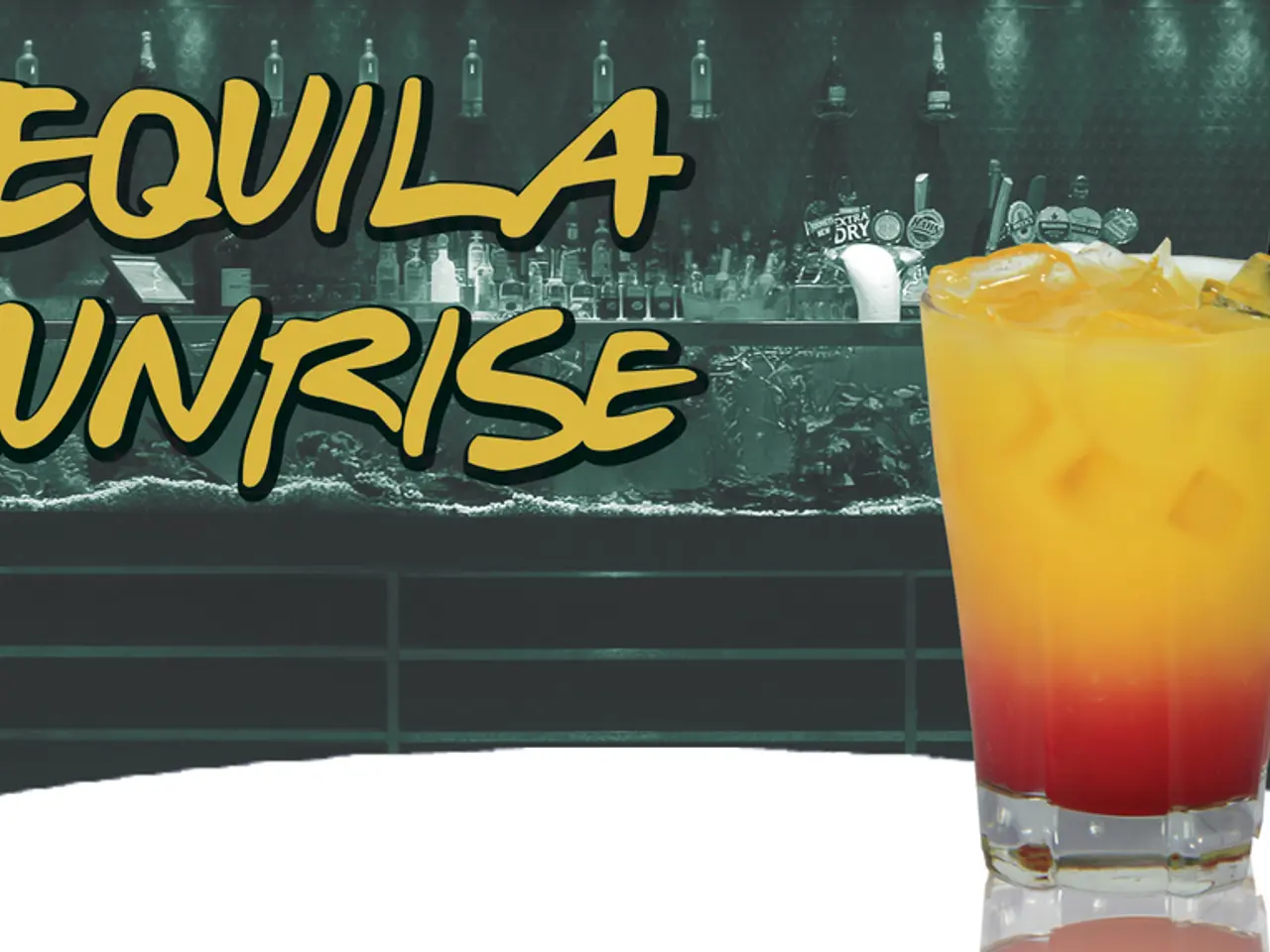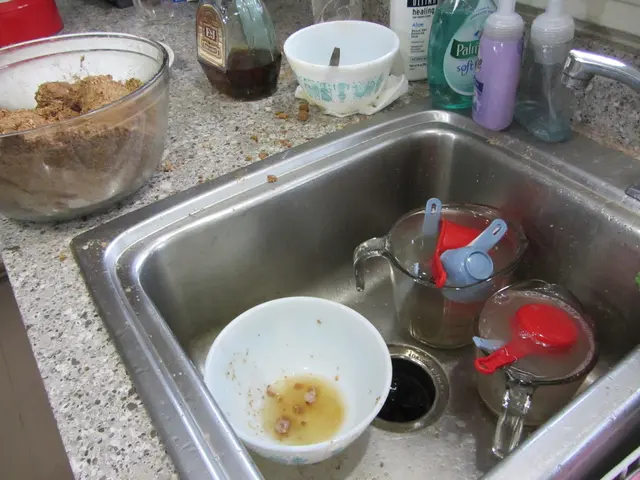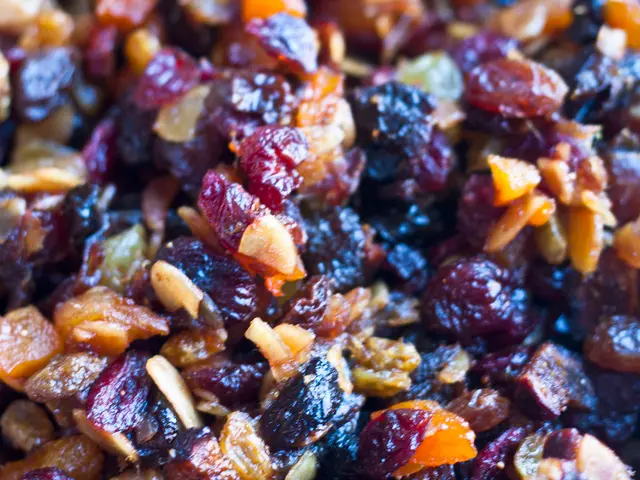Mapping Out Alcohol Consumption Trends Across the USA
Between 2018 and 2021, the United States has witnessed a significant increase in alcohol consumption, resulting in a rise in alcohol-related harms, including deaths. The Washington Post's visualizations provide insights into this trend, although they do not offer a detailed analysis of specific states with the highest or lowest rates of alcohol consumption, or a comparison with other countries or regions.
The visualizations show that alcohol consumption in the United States increased by 6.6 percent from 2018 to 2021, with states demonstrating this increase represented by orange circles, and states where consumption decreased shown in blue. However, the specific states with the most substantial increases are not explicitly enumerated.
Several factors are believed to contribute to the rise in alcohol consumption. The timeframe includes years impacted by the COVID-19 pandemic, which disrupted daily routines and increased stress, anxiety, and social isolation, often linked to higher substance use, including alcohol. Additionally, rising prices for essentials and medical care, changes in employment or housing stability, and other socio-economic pressures likely contributed.
Increased alcohol use correlates with increases in pregnancy-associated deaths involving substance use, reflecting serious impacts on maternal health. Alcohol also contributes to cancer risks and other chronic diseases, broadly impacting public health. It is worth noting that there has been a more than doubling of drug- and alcohol-related deaths among women of reproductive age (15 to 44) nationwide, with strong geographic differences in mortality rates and trends.
Despite the lack of specific state-level data, several states are likely to have shown substantial increases in alcohol-related mortality, especially among women of reproductive age. However, further detailed state-level data would be needed for a precise identification of the most affected states.
It is important to note that the visualizations do not provide a discussion of potential interventions or policy changes that could address the increase in alcohol consumption and alcohol-related deaths, nor do they provide a breakdown of alcohol consumption trends by type of alcohol, or a timeline of alcohol consumption trends beyond 2021. Furthermore, they do not provide a forecast for future trends in alcohol consumption and alcohol-related deaths.
In conclusion, while the exact states with the most significant increases in alcohol consumption between 2018 and 2021 are not explicitly enumerated in the current data, several states have shown substantial increases in alcohol-related mortality, particularly among women of reproductive age. The increase is driven primarily by pandemic-related stress, economic pressures, and broader substance use trends.
- Enhanced scientific research on nutrition and health-and-wellness could potentially generate insights about the effects of diets on alcohol consumption patterns, helping to mitigate the rise in alcohol-related health issues.
- Given the correlation between alcohol consumption and chronic diseases, policy-makers may want to consider increasing funding for health and wellness programs that provide resources for nutrition education and healthy lifestyle choices as a means to address alcohol-related health crises.






